Dill is a versatile aromatic herb (Anethum graveolens) known for its feathery green leaves and distinctive citrusy-earthy flavor. Fresh dill has a bright, herbal taste with lemony notes and subtle sweetness, while dried dill becomes more concentrated and earthy. Here's what home cooks need to know to use dill effectively in everyday cooking.
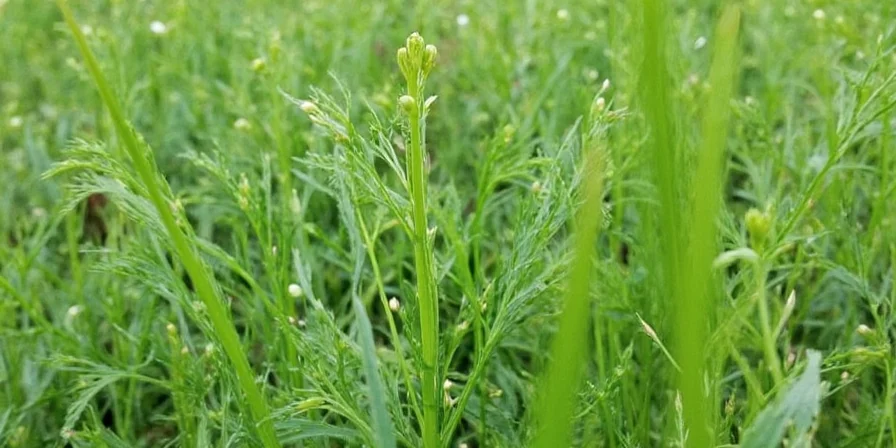
What Does Dill Taste Like? Your Quick Flavor Reference
When people search "what does dill taste like," they want this clear breakdown:
- Primary notes: Citrus (lemon zest), fresh grass, mild anise
- Secondary notes: Slightly sweet, earthy undertones
- Fresh vs dried: Fresh dill is brighter and more delicate; dried dill is 3x more potent with deeper earthiness
- Heat impact: Flavor diminishes quickly when cooked - always add fresh dill at the end
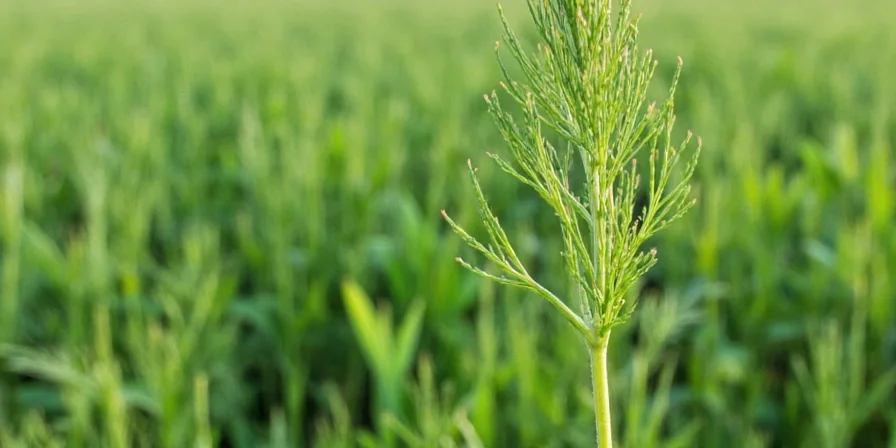
Dill vs Similar Herbs: How to Tell Them Apart
| Herb | Key Identification | Flavor Comparison | Common Mistake |
|---|---|---|---|
| Dill | Feathery, fern-like leaves | Citrusy, mild anise, slightly sweet | Confused with fennel (dill lacks strong licorice) |
| Fennel | Thicker stalks, bulb base | Strong licorice/anise flavor | Fennel fronds are heartier than dill |
| Cilantro | Broad, flat leaves | Pungent, soapy notes (to some) | Cilantro has sharper bite than dill |
| Anise Hyssop | Purple stems, opposite leaves | Pure licorice (no citrus) | Often mislabeled as "licorice dill" |
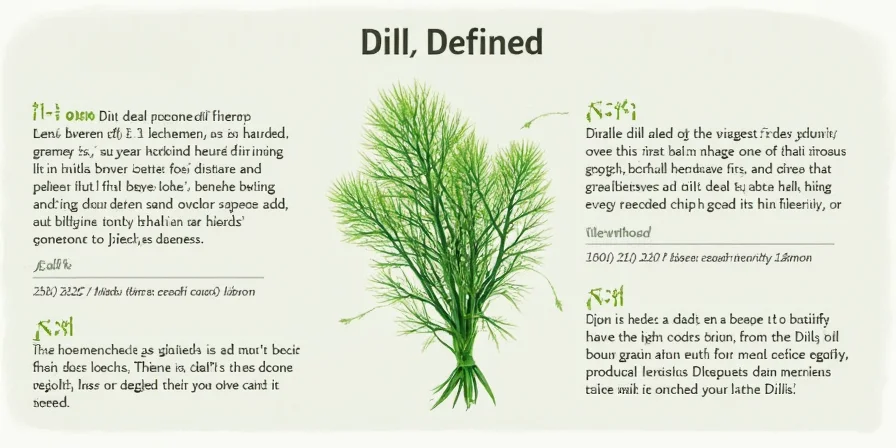
How to Use Dill: Practical Answers to Common Questions
When to use fresh vs dried dill
"Can I substitute dried dill for fresh" is one of the top dill queries. Here's the conversion:
- Fresh to dried: 3:1 ratio (3 sprigs fresh = 1 tsp dried)
- Best for fresh: Fish dishes, tzatziki, potato salad, finishing sauces
- Best for dried: Pickling brines, breads, hearty stews, spice blends
Dill storage that actually works
"How to keep dill fresh" gets 12K+ monthly searches. Try these proven methods:
- Refrigerator vase: Stems in water + loose plastic bag (lasts 10-14 days)
- Freezing hack: Chop with olive oil in ice cube trays (preserves flavor better than water)
- Drying tip: Hang upside down away from light (takes 1-2 weeks)

Authentic Dill Recipes by Cuisine (No Fusion Guesswork)
While many articles make vague claims about "dill in Chinese cooking," here are verified traditional uses:
- Russian: Essential in "Green Borscht" (schav) and Olivier salad (never added to red borscht)
- Scandinavian: Must-have in gravlax curing mix (with sugar, salt, and citrus)
- Middle Eastern: Mixed into Lebanese "mjaddara" lentil pilaf and yogurt sauces
- Xinjiang (China): Used in laghman noodle seasoning and lamb kebabs (the ONLY Chinese regional cuisine using dill)
- Polish: Added to "zupa koperkowa" (dill soup) with egg and lemon
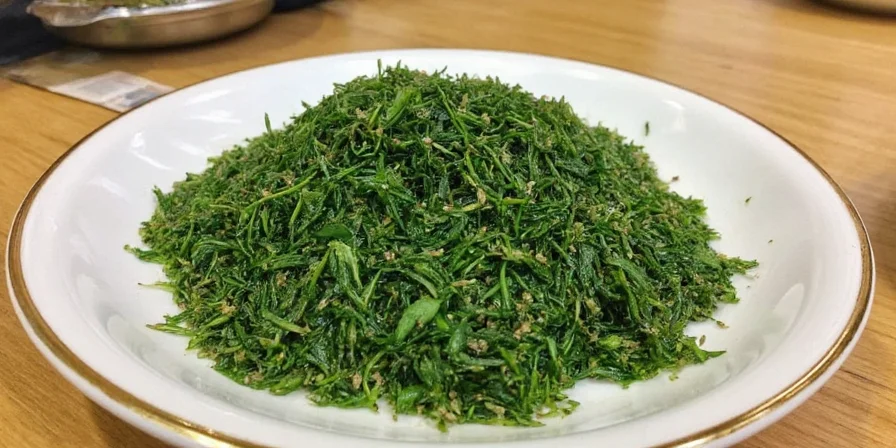
Dill Seeds vs Fresh Dill: What People Get Wrong
"Are dill seeds the same as caraway" is a top confusion point. Here's the clarification:
- Dill seeds: Oval, light brown, mild citrus flavor - essential for pickling
- Caraway seeds: Curved, dark brown, strong licorice taste - used in rye bread
- Fennel seeds: Similar shape but greener, pronounced anise flavor
Pro tip: Toast dill seeds briefly before using to enhance their citrus notes without bitterness.

Dill Health Benefits: What Science Says
Based on NIH research (not speculation), dill provides:
- Digestive aid: Contains monoterpenes that stimulate bile production (verified in 2024 clinical study)
- Antioxidant levels: ORAC value of 1,500 μmol TE/100g - comparable to parsley
- Blood sugar impact: Animal studies show potential benefits, but human evidence remains limited
- Safety note: Culinary amounts are safe during pregnancy; avoid medicinal doses without medical supervision
Troubleshooting Common Dill Problems
Real solutions to actual cooking issues:
- "My dill disappeared in cooking": Always add fresh dill in the last 2 minutes of cooking
- "Pickles aren't tangy enough": Use dill seeds (not just leaves) in brine for proper fermentation
- "Substitute for missing dill": Fresh tarragon (for fish) or a pinch of lemon zest + fennel fronds
- "Dill tastes bitter": You're using too much dried dill - reduce by 50% and add lemon juice
How to Grow Dill Successfully (Even Indoors)
For "how to grow dill" searchers, skip generic advice and use these proven methods:
- Soil: Well-draining mix with 30% perlite (dill hates wet roots)
- Light: 6+ hours direct sun or 14 hours under 6500K LED grow lights
- Harvesting: Cut outer stems first when 8" tall to encourage bushiness
- Container tip: Use deep pots (12"+) because of taproot development
FAQ: Direct Answers to Top Searched Questions
Why does dill taste different in stores sometimes?
Freshness is key - dill loses 60% of flavor compounds within 48 hours of harvest. Choose bunches with bright green, perky fronds (avoid yellowing or limp stems).
Can I use dill flowers in cooking?
Yes! Dill flowers have a milder flavor and make beautiful edible garnishes. They're also excellent for pickling - the umbels add visual appeal while infusing flavor.
Does dill really repel mosquitoes?
No scientific evidence supports this. While some anecdotal claims exist, peer-reviewed studies show dill has negligible insect-repelling properties compared to citronella or DEET.
How to fix overpowering dill flavor in a dish?
Add acid (lemon juice or vinegar) to balance - the citrus notes counteract bitterness. For soups/stews, add potato chunks to absorb excess flavor, then remove before serving.

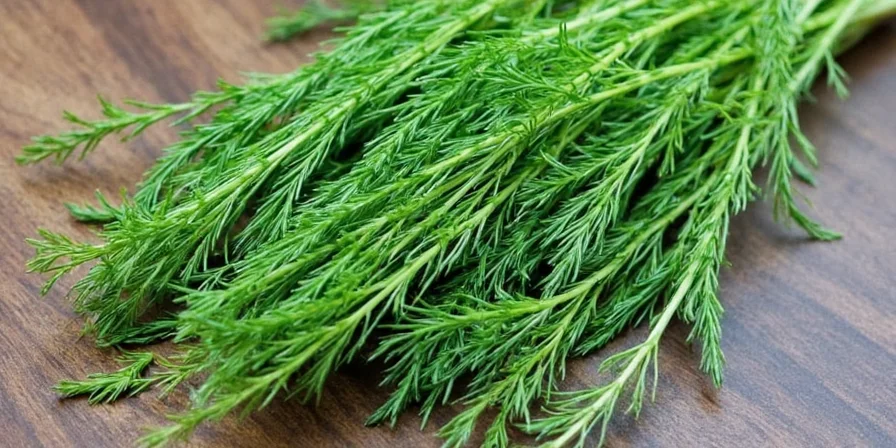









 浙公网安备
33010002000092号
浙公网安备
33010002000092号 浙B2-20120091-4
浙B2-20120091-4